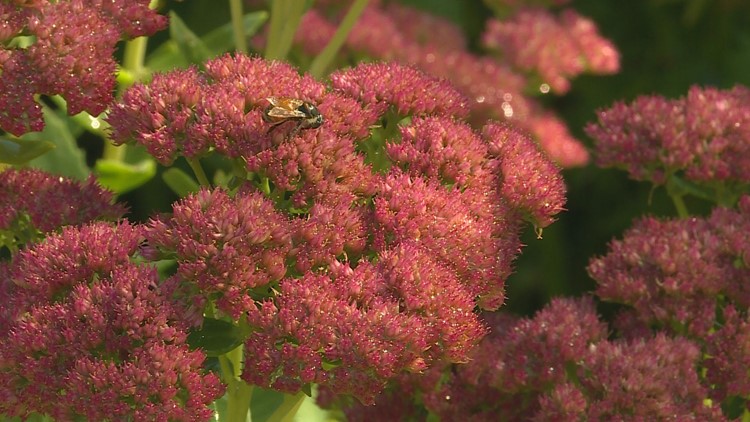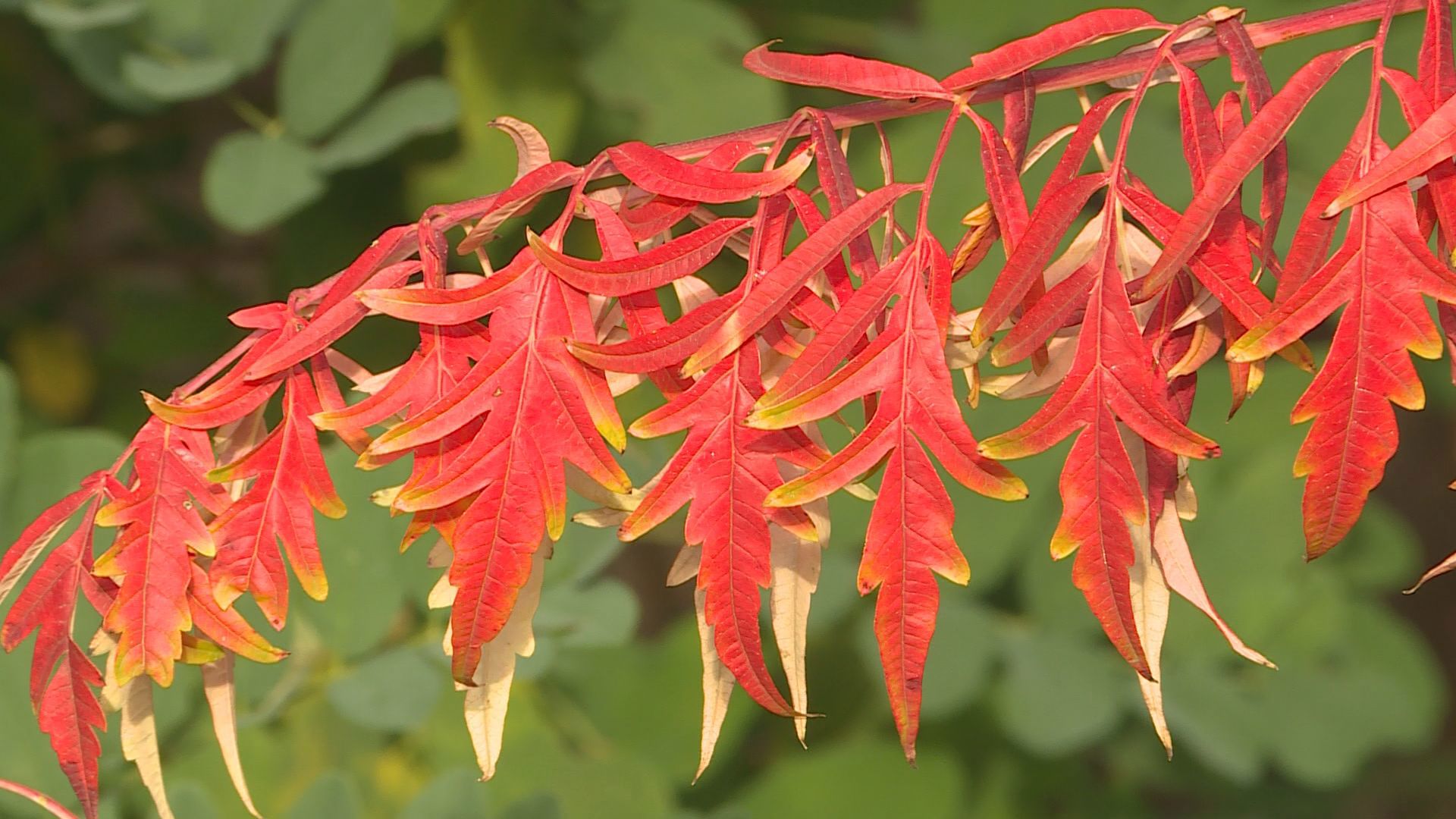DENVER — The garden party isn't over. The fall garden provides new surprises every day.
New England asters are at peak now with masses of pink or purple flowers. Cutting them back by a third in late spring encourages them to remain more compact and produce more flowers. Asters are also an important late food source for bees and butterflies.
Colchicums are native to alpine meadows in France and Spain. The bulbs produce their leaves in spring and they fade in summer. The flowers spring up unexpectedly in fall. They can be pink or white and look like big crocus. The double form called 'Waterlily' looks like it should be floating in a pond.
You can buy colchicum bulbs right now. Get them in the ground soon. The plant is poisonous.
Goldenrods bloom spectacularly in fall. They have an undeserved reputation for causing allergies. Weeds with very small, inconspicuous flowers that bloom at the same time are the real culprits.
Almost all of the bright, showy flowers that we grow in gardens are insect-pollinated. They produce very small amounts of pollen that are sticky (to cling to a bee's leg) and relatively large by pollen standards. Many weeds and some trees are wind-pollinated. They produce lots and lots of very small pollen that is easily blown by the wind. Don't blame the flowers for your sneezing--blame the weeds.



